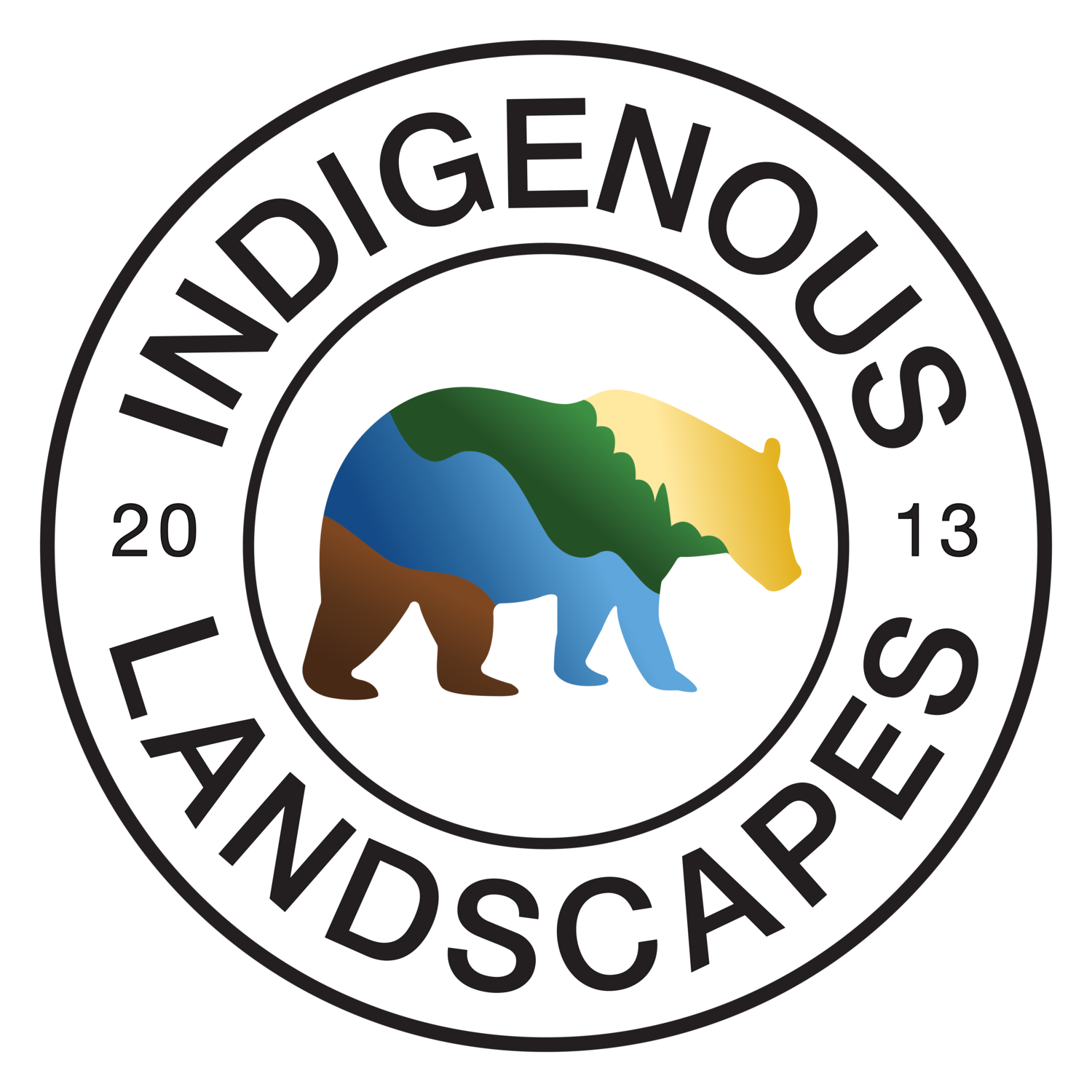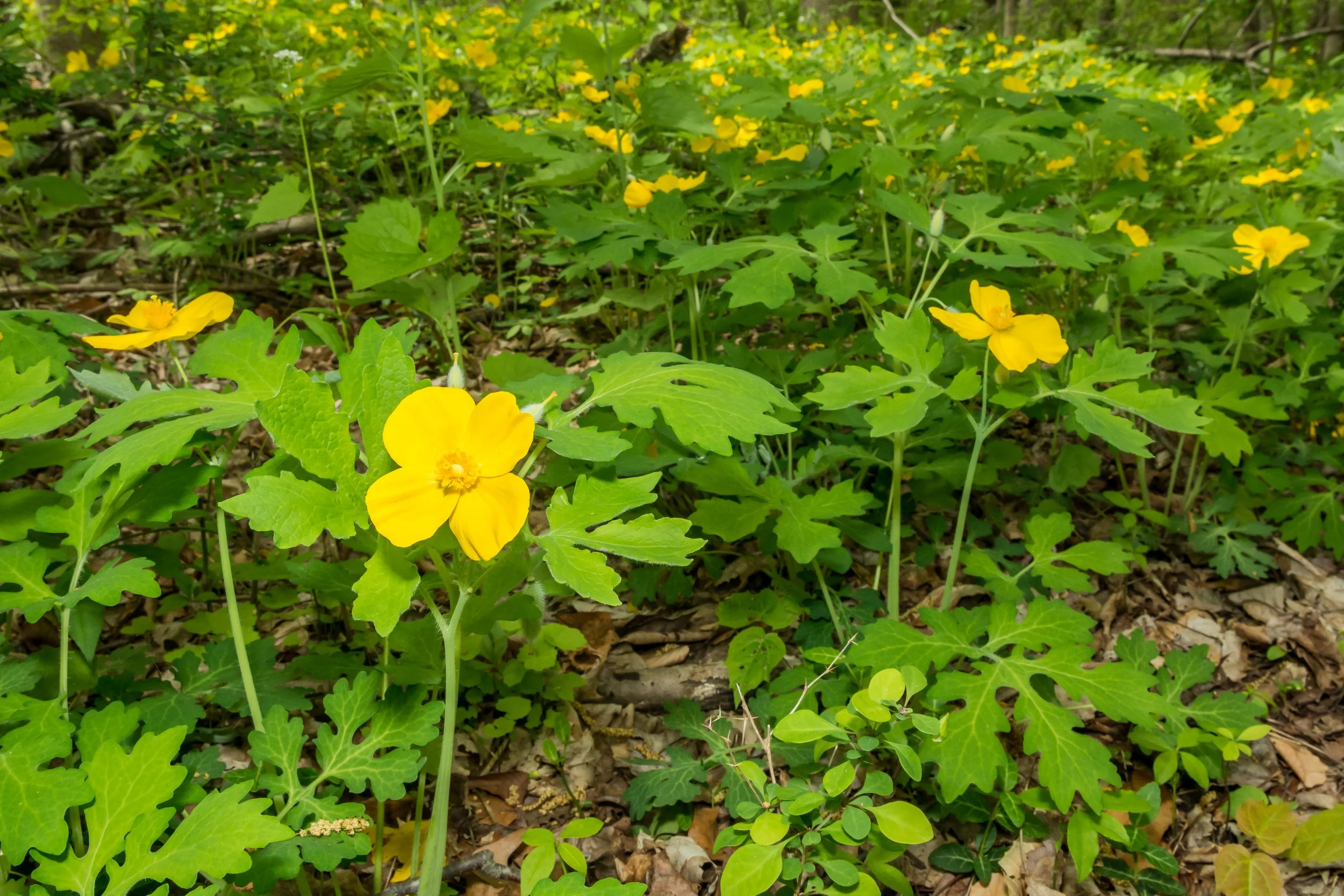Yellow Wood Poppy Bareroot (Stylophorum diphyllum)
Yellow Wood Poppy Bareroot (Stylophorum diphyllum)
The Yellow Wood Poppy is a herbaceous perennial wildflower that belongs to the poppy family and is native to the eastern United States. This species thrives in open deciduous forests and is commonly found along streams and ravines. In spring time these plants produce striking yellow flowers with four petals, which are subsequently followed by bristly blue-green pods that hang below the leaves. While the flowers are predominantly yellow, they may also display a subtle hint of orange. Plant in partial to full shade for the best results.
This wildflower is native to the northeast, midwest, and parts of the southeast as referenced in the pictured range map.
Planting Directions
This product is a dormant bareroot that should be planted 2 inches under ground in the fall or winter time. Cover the spots where you plant them; after you plant - with 3 inches of compost. This will insulate them over the winter preventing them from heaving up. Don’t compact the soil over the bareroot too heavily or the plant will struggle to push through in the spring. You can store these dormant bareroot wildflowers for up to 10 days in the refrigerator until you’re ready to plant them.
If you’re unable to plant them within 10 days of receiving them, you can store them in potting soil within pots that are heeled into the ground so that the potting soil is level with the ground level to insulate them from cold air temperatures until you’re ready to plant them.
Additional info on Yellow Wood Poppy
To promote additional blooms, it is advisable to deadhead after flowering, although this practice will sacrifice seed production. The Yellow Wood Poppy favors moist, humus-rich soils in areas that receive partial to full shade though they can thrive in average landscaping soils too. Although mature plants demonstrate some drought tolerance, they may enter a state of dormancy during the summer if allowed to dry out. Its flowers attract native bees in search of early pollen and nectar resources.
These are nursery grown native bareroot wildflowers. These are not harvested from wild populations.





